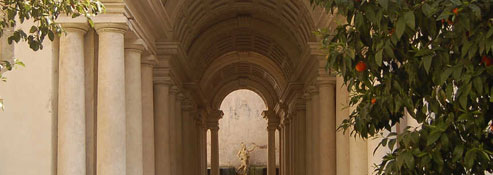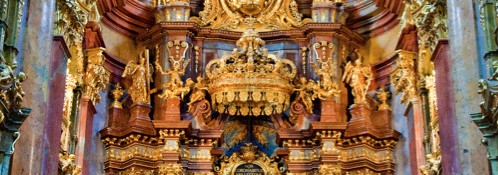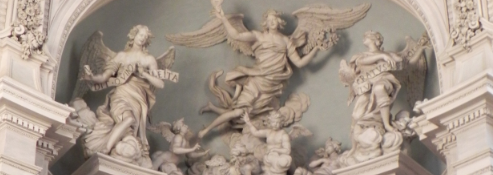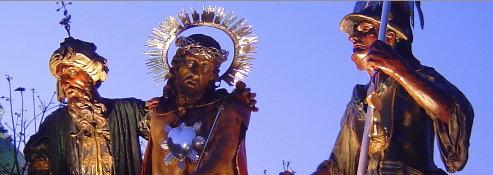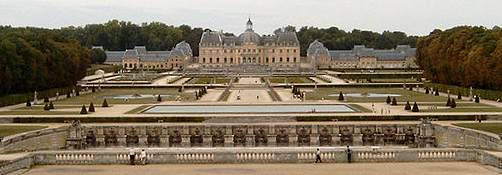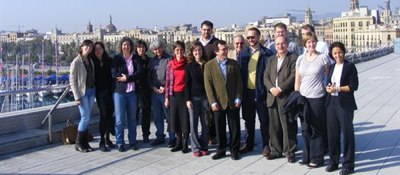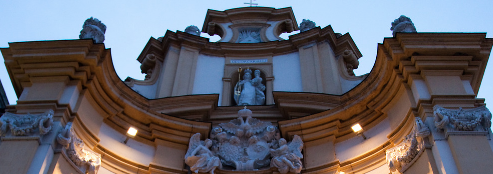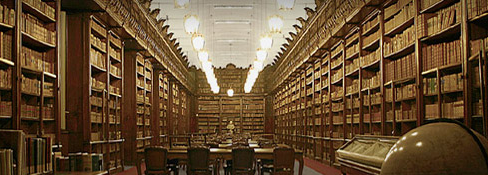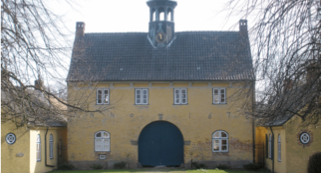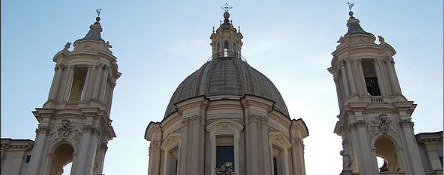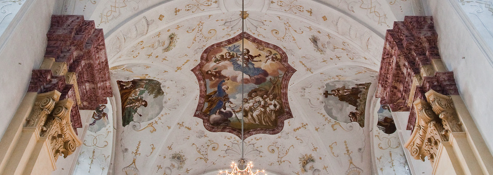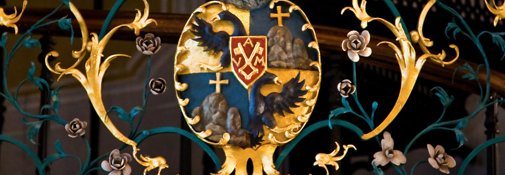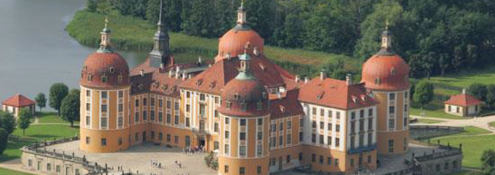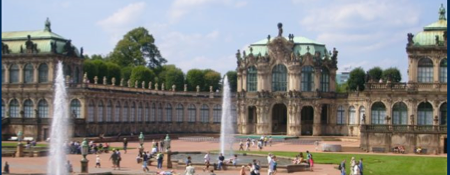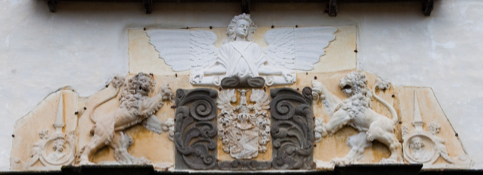An age so decidedly characterised by death like the Baroque period breeds a multitude of artistic perceptions and styles.

The Death of unbaptized children
The death of unbaptized children, caused by complications during birth, malformations, premature birth or miscarriage is a heavy burden for parents, as Petra Lindenhofer describes in her article. The strategies to cope with such situations were manifold, as parents were not only mourning for the loss of a wanted child and suffering from the physical stress of a difficult confinement; they also worried about the salvation of a child who had died without having been christened. Roman Catholics had the most difficulties dealing with such situations as their doctrine claims that children who died unbaptized were barred from heaven. They had no way to reach final salvation - except in very particular cases and with the help of various means.
more text (The death of unbaptized children)
To kill and get killed
In her diploma thesis Rhea Fessl analyses Raimund Minderer's book "Medicina Militaris - Gemeines Handstücklein zur Kriegsarzney gehörig" (Medicina Militaris - A common manual of military medicine), published in 1620. The manual had several editions and was directed at the "common soldier"; those men who had not been prepared for war action and had not received any (psychological) training in this respect. The Augsburg physician Raimund Minderer addresses the issue of killing and being killed in the Thirty Years' War and offers recommendations. The gender roles are showing up very clearly in this context, especially the role of man as defined by this war, which had a strong effect on society's attributions to "manliness".



